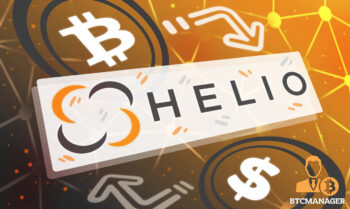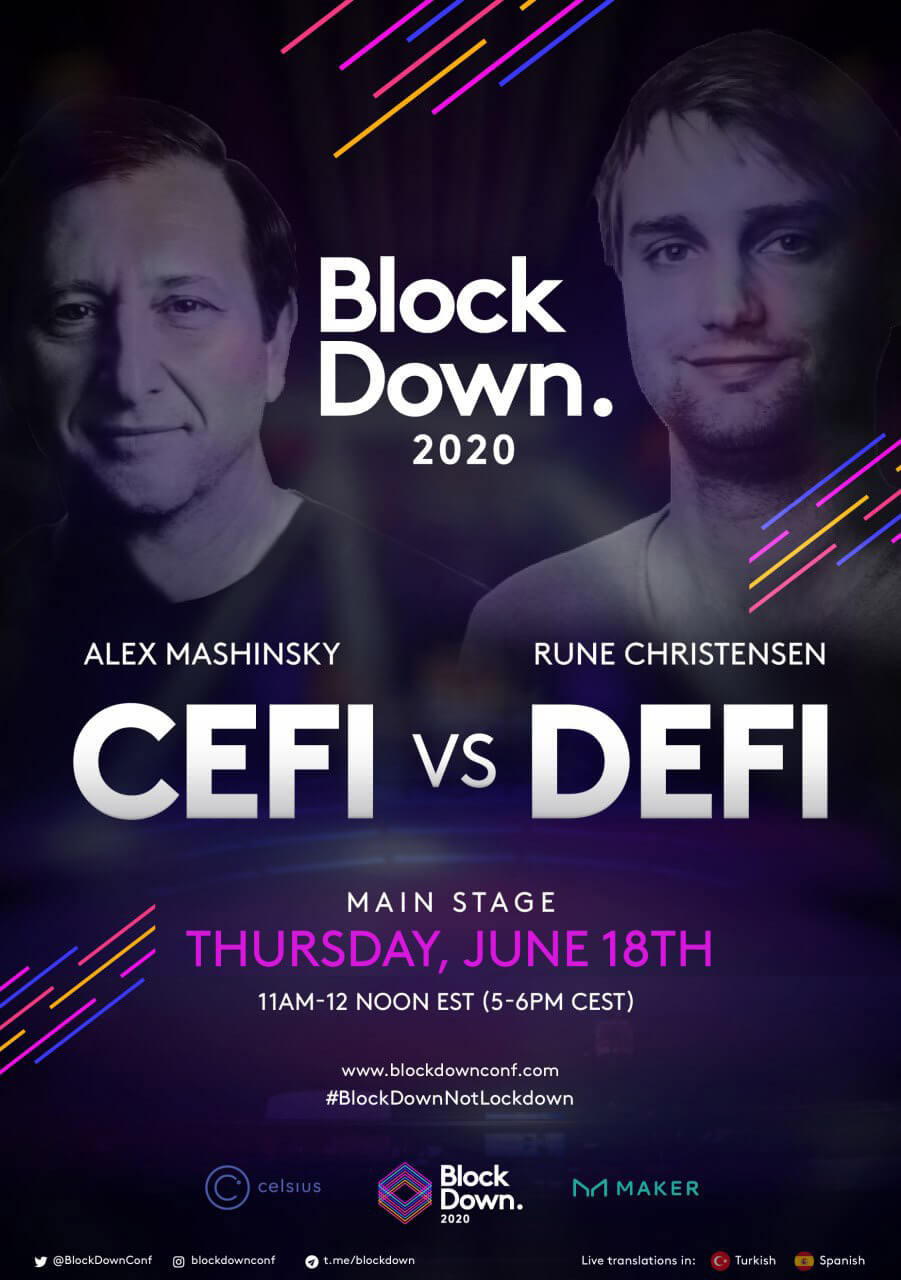
2024-1-4 14:05 |
UPDATED December 31st 2023. Who offers the best crypto interest rates? With the growth of DeFi & CeFi applications, crypto lending, margin exchanges, and stakeable cryptocurrencies over the last few years, it can be difficult to know where the best crypto yields for your idle capital are. Following on from our guide to crypto yield farming, this survey looks into the major crypto lending platforms and examines the different interest rates offered by them.
First, an understanding of the difference between ‘crypto lending’ and ‘crypto borrowing’ in the context of this article is important. If you are lending in the scenarios below you are loaning your assets to the platforms featured with the expectation that you will earn interest on your crypto assets. Your goal is the return of your original sum, with earned interest. This article does not explore crypto borrowing – where you would borrow assets (or fiat in some cases) from a platform, which you would be required to repay – with additional interest. For the best crypto borrowing rates check here.
The question of which is the best crypto lending platform is open to debate – as each has its own approach and processes – but certainly annual interest rates paid are a good place to start. All interest rates were recorded on December 31st 2023 and are subject to change. A rate of zero on a specific platform means the coin is temporarily unavailable there. It does not mean 0% interest.
Best Crypto Interest Rates Stablecoin RatesUSDC
DAI
USDT
USDP
TUSD
BUSD
FEI
GUSD 12% 12% 12% 0% 12% 12% – – 6.34% 6.56% – – – – – – 14% 14% 16% 14% 14% – – – 0% – 6.4% – – – – – 0% – 0% – – – – – 4.94% 3.14% 9.2% 1.51% 7.81% – – – 8.5% – – – – – – – 10.27% 7.92% 23.54% – – 0% – – 8.08% 4.02% 9.44% 0% 0% 0% 0% 0% 8.2% – 8.2% – – – – – 0% 4.5% 4.5% 2% 0% – – – 5% – 5% – – – – – ADVERTISEMENT
Advertise with BNC Cryptocurrency Rates
BTC
ETH
WBTC
LINK
UNI
UNI
YFI
SOL
DOT
ADA 7% 7% – 9% 9% 0% 7% – 0% 7% – 4.81% 2% – – – – – – – 7% 8% – 7% – – – 0% 15% 8% 3.2% 6% – 0% 0% 0% – 0% 8% 0% 0% 0% – – – – – – – – – 0.06% 0.01% 0.11% 0.44% 0% 0.01% – – – 1% – – – – – – – – – – 0.01% 0.03% 0% 0% 0% 0% – 0% 0% – 1.83% 0.04% 0.01% 0.02% 0% 0% – – – 6.5% 6.5% – – – – – – – – 0% 1.5% – 0% 0% 0% – 3% 9% 2%
ADVERTISEMENT
Advertise with BNC An introduction to crypto loans
The other side of lending is of course borrowing. If you are interested in taking a loan out (for USD for example) many of the providers above also provide that service. Check here for the latest borrowing rates.
Most major Lending and borrowing protocols across both CeFi and DeFi require borrowers to lock up an asset in order to take out a loan. These types of loans are called collateralized loans.
Collateralization is a borrower’s commitment to pledge a number of assets as a means for a lender to recoup their capital in the instance that the borrower defaults on the loan. If a borrower continually missed payments on a loan obligation then the lender has the right to possess the collateral pledged in the case that the loan defaults.
Collateralized, or more specifically ‘overcollaterized loans’, are at the core of efficiently operating DeFi lending markers. DeFi lending protocols enable open, permissionless, and pseudo-anonymous financial services. There are no credit score requirements for borrowers and generally no formal KYC or AML requirements.
In order to maintain a balance between open access and systemic stability the value of the collateral that needs to be pledged for DeFi loans has to exceed the value of the loans. If for example, a DeFi user wants to directly take out a USD100 DAI loan on Makerdao, they need to put up at least USD150 worth of Ethereum.
Borrowing from DeFi protocols can often be a precarious and time-intensive process that goes beyond simply paying back interest in installments.
The loan-to-value ratio (LTV) needs to be carefully monitored to ensure that the collateralization requirement that was agreed upon before the loan was executed is maintained. Maintaining this LTV ratio is made more difficult if borrowers put up volatile assets like ETH as collateral. If the value of ETH changes suddenly in US dollar terms, loans can be liquidated very quickly and borrowers are not protected by mechanisms that exist like loan insurance.
For these reasons, due to the complex nature of unique specific DeFi protocol agreements that go beyond interest rate payments, BNC has chosen not to include details around DeFi protocol borrowing rates.
Programmable Money: Tools that find the best crypto interest rates for you automaticallyThese days yield optimization platforms like Yearn.finance exist. They use the Ethereum blockchain’s capabilities to facilitate programmable money to make it easier for users to find optimal interest rates automatically. Before Yearn, users seeking to maximize their yields needed to manually move their stablecoins between lending protocols. A slow, labor-intensive process that Yearn aims to avoid.
The protocol works by creating pools for each asset that is deposited. When a user deposits their stablecoins into one of these pools, they receive yTokens that are yield-bearing equivalents of the coin that was deposited. If for example, a user deposits DAI into the protocol it will issue back yDAI.
Assets are automatically shifted between lending platforms in the DeFi ecosystem like Compound and Aave, where interest rates for deposited assets change dynamically. Every time a new user deposits assets into a pool on Yearn, the protocol checks whether there are opportunities for higher yield and rebalances the entire pool if necessary. At any time a user can burn their yDAI and withdraw their initial deposits and accrued interest in the form of the original deposit asset.
The protocol has evolved to offer more complex solutions that can efficiently maximize yields on user deposits. The yCRV liquidity pool built by Yearn on the Curve finance platform contains the following yTokens: yDAI, yUSDC, yUSDT, yTUSD and pays back a yCRV token that represents the index. Users can deposit any of the four native stablecoins into the pool and earn interest back from yield-bearing yCRV tokens. Depositors also earn trading fees from Curve for providing liquidity to other users of the platform.
origin »Emerald Crypto (EMD) на Currencies.ru
|
|






